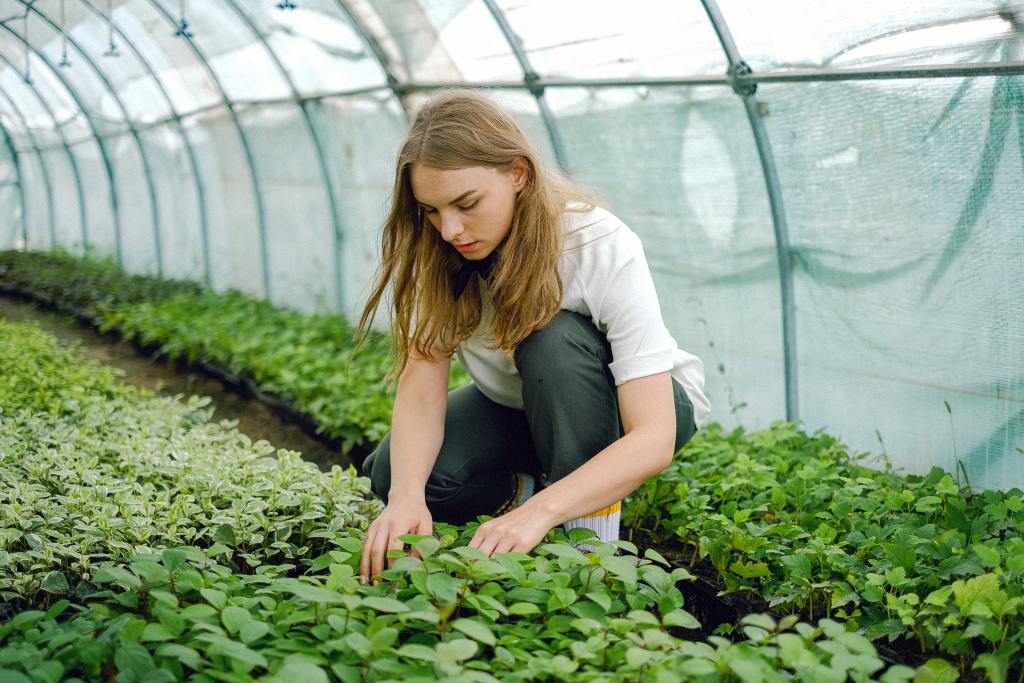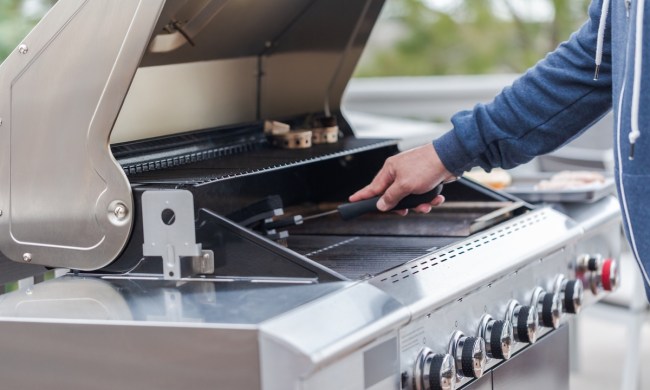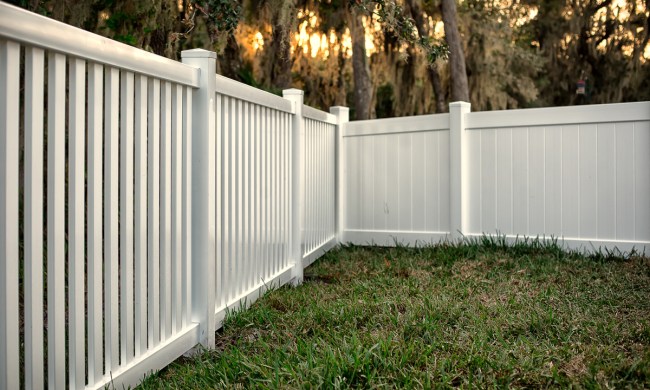If you want to set up your greenhouse for success, you must prepare it for the changing seasons. Just as your house needs to be cleaned and maintained on a regular basis, so must your greenhouse. In fact, as summer begins to wane and fall starts to approach, scheduling an in-depth cleaning is imperative to create a healthy space for the new plants you’ll bring in.
Preparation for the fall goes hand in hand with a thorough cleaning. In fact, this is the perfect time for it because your greenhouse will probably have fewer plants in it than when the days grow colder. With that said, there are other things to keep in mind as you get your greenhouse ready for the fall. We’ve come up with a list of common-sense preparations we believe you’ll find helpful.

Make some tough choices
Remember that you’ll likely bring in a lot of plants as temperatures drop. Meanwhile, you may have plants already in your greenhouse, with some being more healthy than others. You need to examine the plants that are inside and decide whether you want to try and nurse the ailing ones back to health or if it’s a wiser choice to toss them out.
If you choose the former and the plant still hasn’t flourished like its peers, it could have a weak root system. If that’s the case, you might be putting time, effort, and resources into a plant that won’t provide much of a harvest when the time comes.
Therefore, you may be better off getting rid of ailing plants altogether and make room for new ones.
Do you need to move any to new containers?
If things went well over the summer, you may have plenty of healthy plants that have grown substantially. If so, you might need to provide them with a larger living space, which would mean transferring some to bigger containers.
If you need to do that, it’s recommended that you transfer them during the last weeks of warm weather. You won’t find it nearly as easy once the weather changes and colder temperatures make the soil hard and difficult to work with.
Keep an eye out for weeds
Of course, you need to monitor for weeds all the time. However, certain species like vetch, annual bluegrass, henbit, and chickweed are notorious for sprouting just as the weather starts to cool off. By using a pre-emergence herbicide, it’s possible to stop these pesky plants from growing at all.
Now, you might think that you must purchase poisonous chemicals to take care of a weed problem before it begins. However, there are everyday household products that are entirely natural, which can do the same job. For instance, you can spray undiluted white vinegar onto the leaves of the weeds, which kill them in no time.
Time to prune the perennials
Grab your pruning shears and start snipping away. You’ll want to take the time to cut back wilting foliage from struggling greenery so that nutrients have a better chance of reaching the healthier parts of the plant. By doing so, you can help ensure that disease has less of an opportunity to set in, and these plants will produce more fresh and healthy crops than they would otherwise.
Pay attention to moisture levels
Moisture levels change along with the weather. If you’re not careful, too much moisture can allow various diseases and rot to set in. If that happens, you’ll find it pretty challenging to keep it from spreading. Removing it entirely from the greenhouse environment at that point is more of a challenge than you’ve bargained for. You can prevent a problem like that from developing by ensuring that moisture is kept at optimal levels, which you can do through greenhouse environmental controls.
Beware rabbit invaders!
And not just rabbits –– you need to prepare to keep out voles and other rodents too. Remember that as cold temperatures set in, animals want to find a warmer place to call home. Your greenhouse provides shelter, higher temperatures, and potentially food. You can either buy regular traps or no-kill traps. However, if you use the latter, then you’ll have to remember to take the trapped rodent pretty far away from your greenhouse. Otherwise, they’ll find their way back and all your effort will have been for nothing.

Get rid of the shade and store your equipment
As the hours of sunshine get shorter, the sun’s light becomes more important. If you created shady spaces for plants during the summer through the use of shade cloths, you’ll want to remove them now. Then, think about growing herbs like chives and parsley. You can also bring in trees like peaches and nectarines.
Additionally, now is an excellent time to make sure your gardening tools are repaired and sharpened. Replace anything that’s broken and make sure you have a dedicated space for your tools. Use peg racks to keep everything organized and maximize space.
Finally, recall that the key to successfully transitioning your greenhouse from summer to fall is preparation. Enjoy the process because once the middle of winter hits, you’ll have to start preparing for spring!


